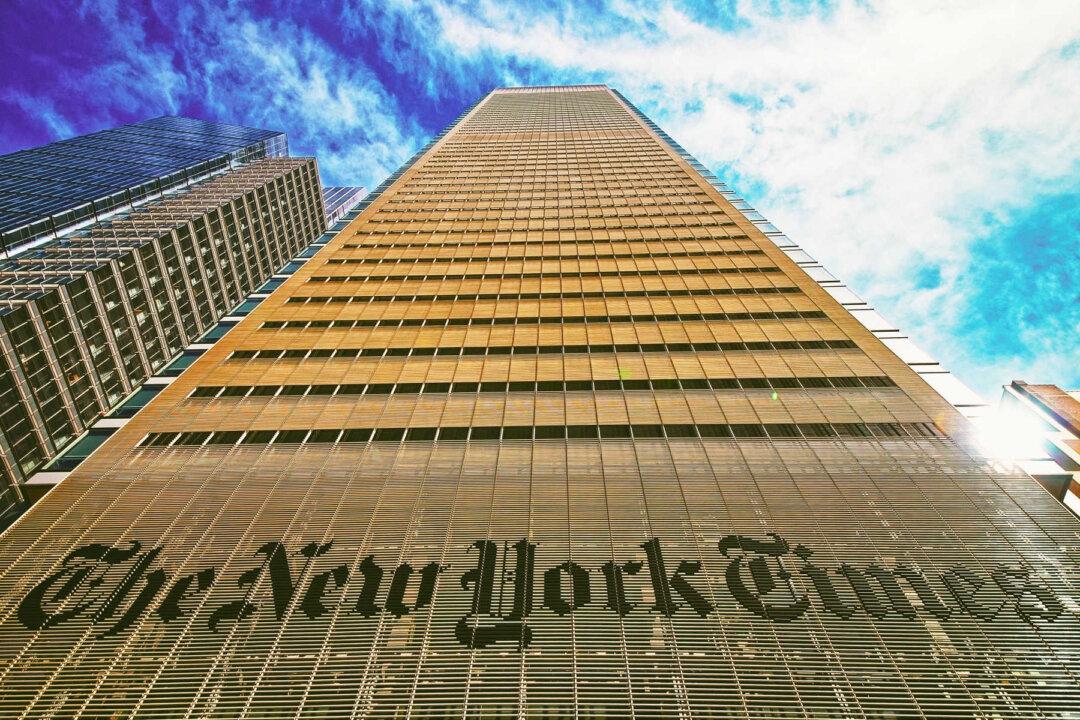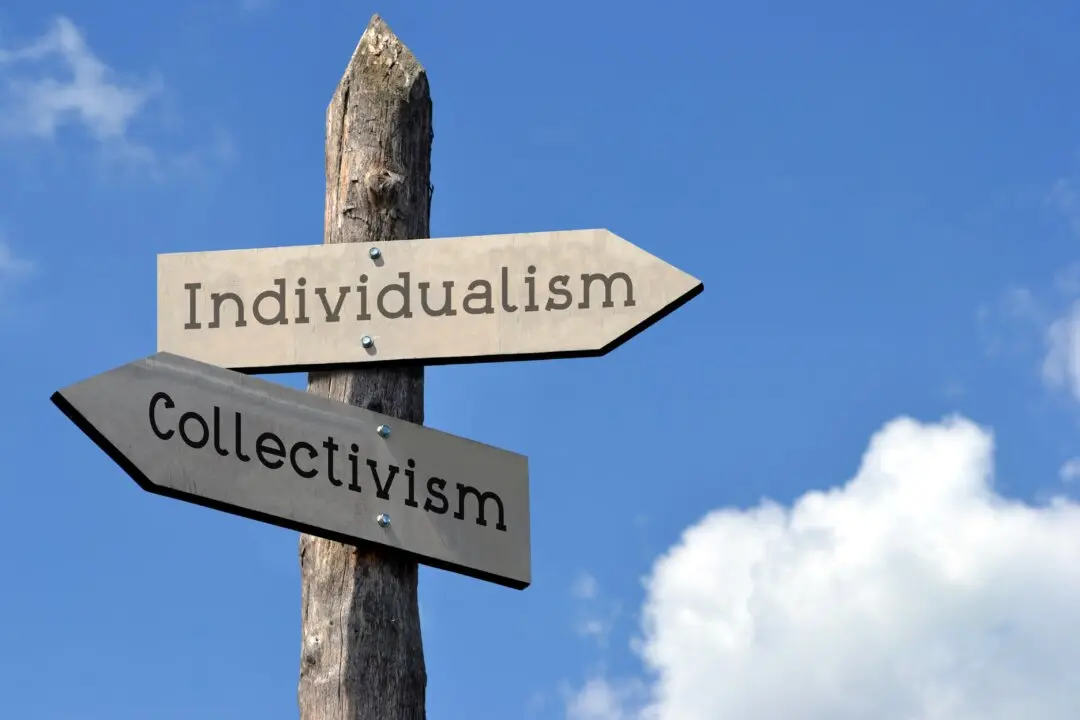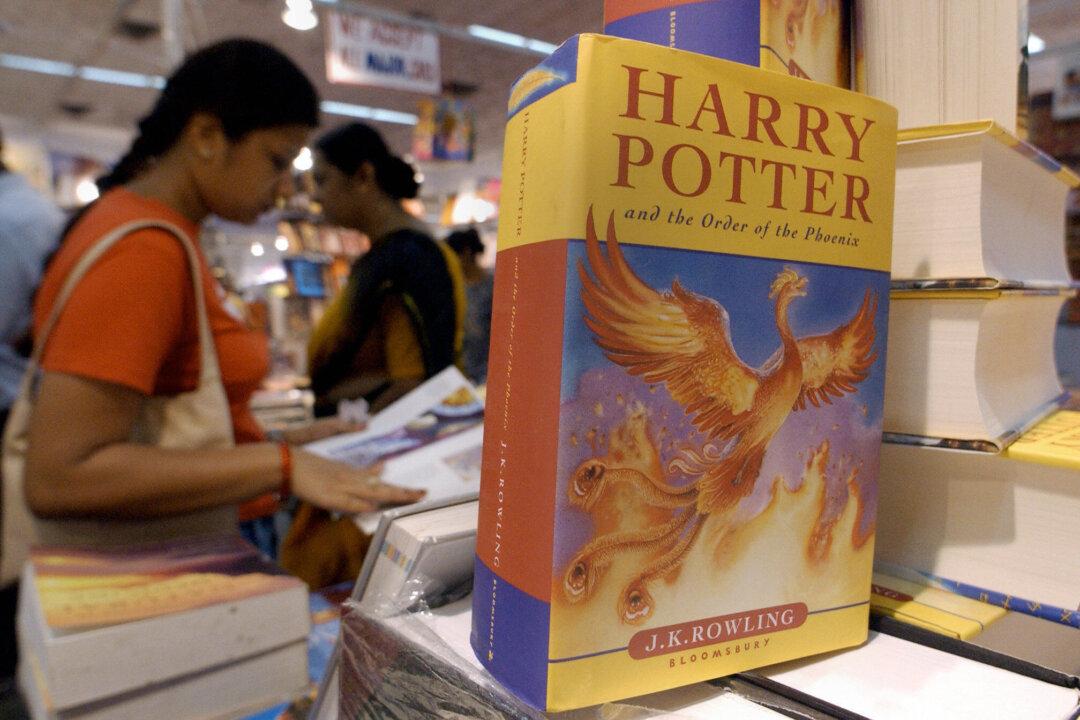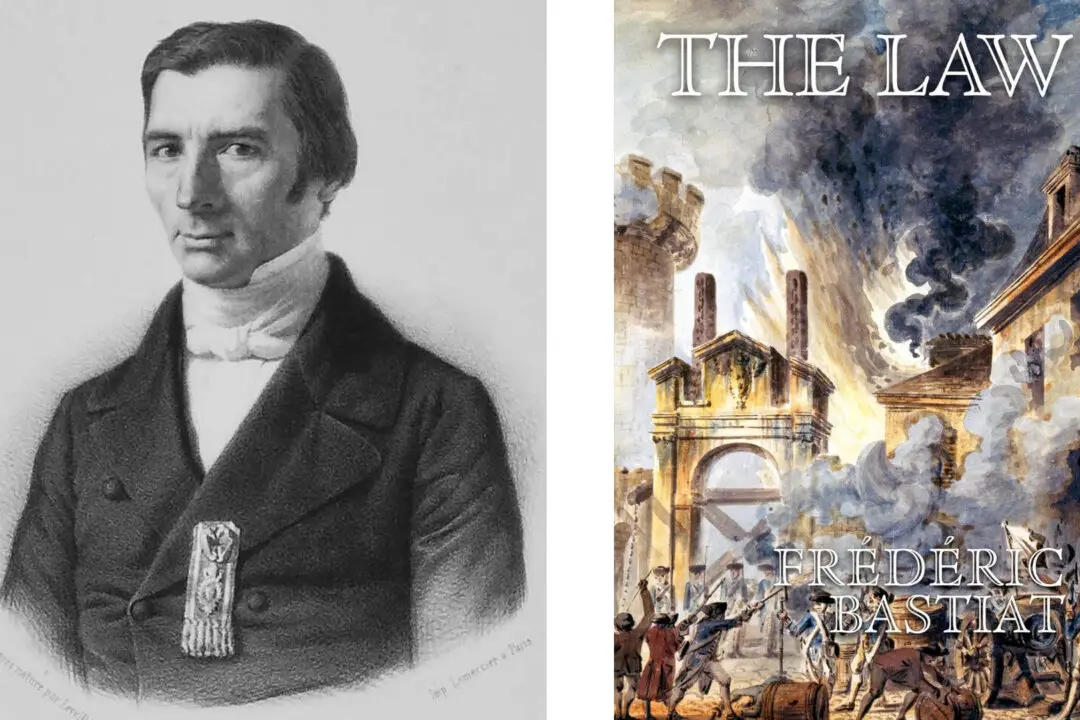Commentary
On Feb. 27, 2020, weeks before full disease panic hit the United States, the New York Times podcast started preparing the way with an interview with its lead virus reporter Donald G. McNeil. He promoted panic and lockdowns (“This is alarmist, but I think right now, it’s justified”), and reinforced the point in the next day’s print edition with an urge to “go Medieval” on the virus.





